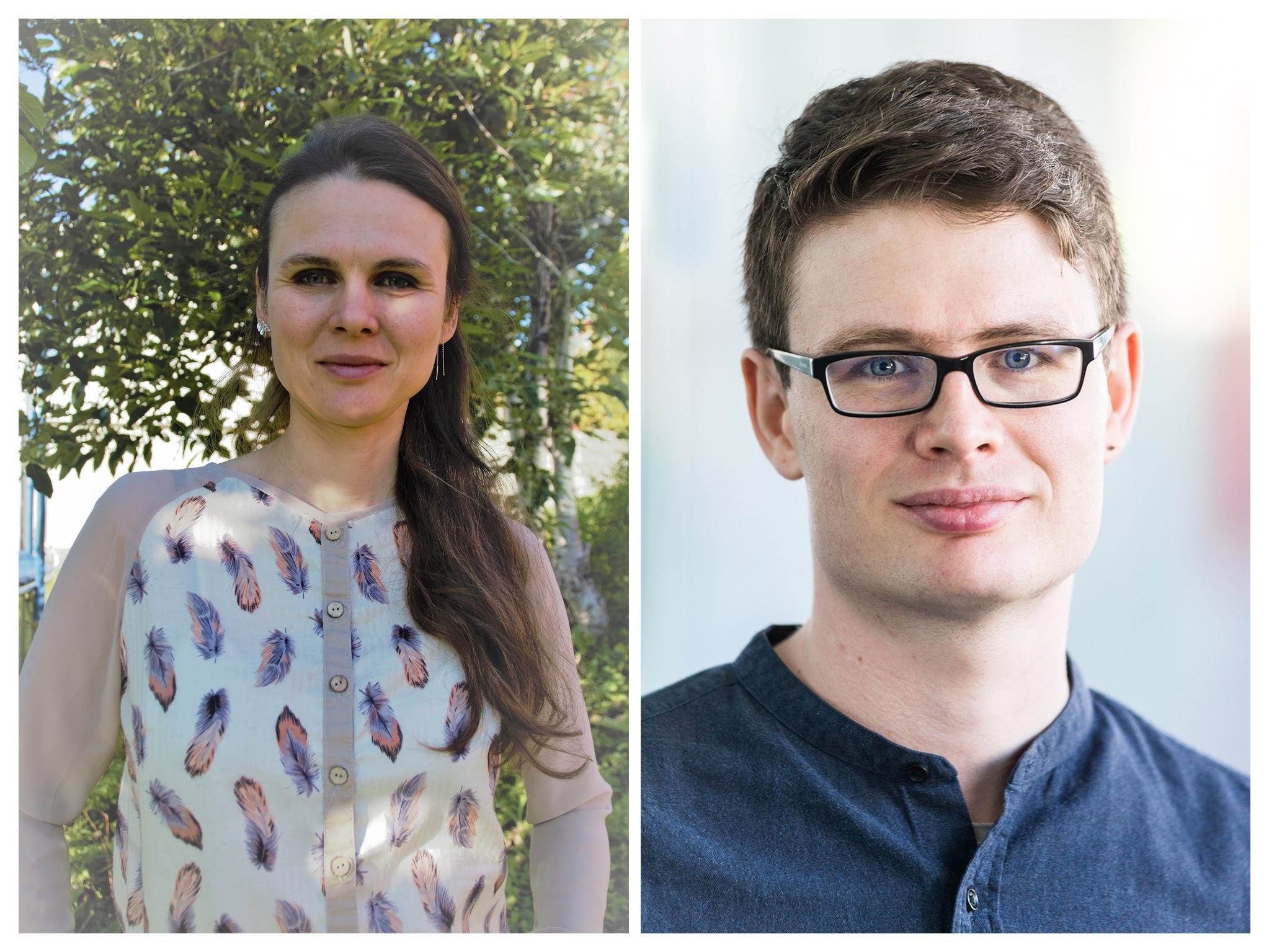Completion of Young CAS Research Stays: Veronika K. Pettersen and Vadim Kimmelman
CAS bids farewell to two Young CAS projects that have advanced our understanding of human health and linguistic capacities.

Veronika K. Pettersen: Infant Gut Microbiome Acquisition: Off to a Healthy Start
Veronika K. Pettersen, Associate Professor at UiT The Arctic University of Norway (UiT), concluded her research stay this month, gathering her research group in the beautiful city of Tromsø. Veronika has been leading the Young CAS project Infant Gut Microbiome Acquisition: Off to a Healthy Start.
This project delves into the coexistence of humans and microorganisms, particularly focusing on the microbial community residing in the gut, known as the gut microbiome. This gut microbiome is a pivotal factor steering human health and disease trajectories. Veronika’s research emphasises the essential role of mother-to-child microbial transmission in the gut colonisation process, highlighting the maternal microbiome as the predominant source of an infant’s gut bacteria. The project also critically examines how contemporary lifestyles, especially the use of antibiotics shortly before and after birth, profoundly alter the microbiome seeding process, thus posing significant risks of acute infections and later chronic diseases to the child.
Vadim Kimmelman: Whole-Entity Classifiers inSign Languages: A Multiperspective Approach
Vadim Kimmelman, Professor at the University of Bergen (UiB), has dedicated his research stay to an intriguing exploration focused on a distinctive phenomenon in sign languages. Vadim’s project is titled Whole-Entity Classifiers in Sign Languages: A Multiperspective Approach. The project examines whole-entity classifiers—meaningful handshapes used to describe motion and location in various sign languages.
Vadim’s study occupies the intriguing intersection between language and gesture, offering a fresh lens through which the field of sign linguistics is examined and understood. The project encapsulates a multi-perspective analysis of classifiers across several sign languages, dissecting their structure and meaning while employing diverse frameworks and viewpoints. This multifaceted exploration not only enriches the understanding of classifiers but also bears significant implications for general linguistics and the broader study of human linguistic capacities and communication, elucidating which language components are universally present across signed and spoken languages and which are channel-dependent.
We would like to express our gratitude to Vadim and Veronika for their remarkable contributions to the Young CAS Programme. It has been immensely interesting for us to follow their projects over the last two years, and we wish them both every success in their future endeavours.